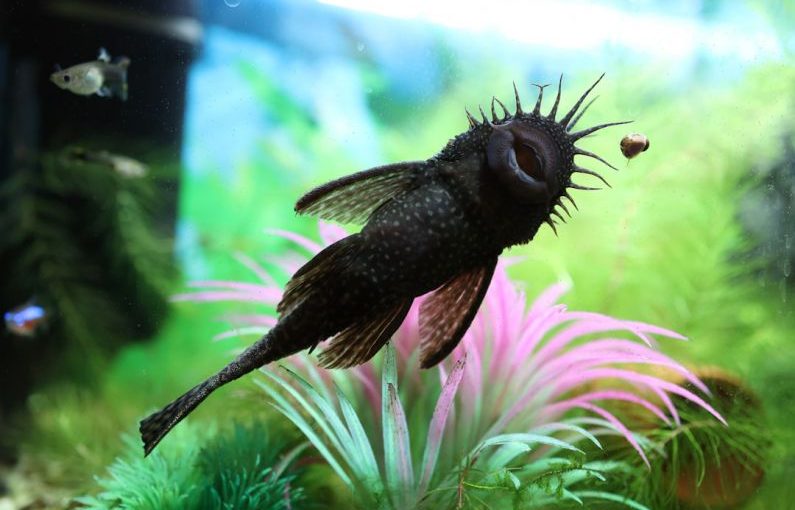Algae growth in aquariums is a common issue that many fish enthusiasts encounter. Not only can algae make your aquarium look unsightly, but it can also disrupt the delicate ecosystem within the tank. Fortunately, there are several effective strategies you can implement to manage and prevent algae growth in your aquarium.
Identifying the Type of Algae
Before you can effectively combat algae in your aquarium, it’s essential to identify the type of algae that is present. Algae can manifest in various forms, such as green algae, brown algae, hair algae, or blue-green algae. Each type of algae requires different treatment methods, so understanding what you’re dealing with is the first step towards effective algae control.
Maintaining Proper Lighting
One of the primary factors that contribute to algae growth in aquariums is excessive lighting. Algae thrive on light, so it’s crucial to ensure that your aquarium receives the appropriate amount of light for the specific plants and fish you have. Consider investing in a timer for your aquarium lights to regulate the photoperiod and prevent overexposure to light, which can fuel algae growth.
Implementing a Regular Cleaning Routine
Regular maintenance is key to keeping algae at bay in your aquarium. Perform routine water changes to remove excess nutrients that algae feed on, such as nitrates and phosphates. Additionally, make sure to clean the glass walls, decorations, and substrate to prevent the buildup of algae spores and organic matter that can contribute to algae growth.
Introducing Algae-Eating Fish and Invertebrates
One natural and effective way to control algae in your aquarium is by introducing algae-eating fish and invertebrates. Species such as Siamese algae eaters, otocinclus catfish, and Amano shrimp are known for their voracious appetite for algae and can help keep your tank clean. However, it’s essential to research the specific dietary needs and compatibility of these algae-eating species with your existing fish and plants before adding them to your aquarium.
Balancing Nutrients and CO2 Levels
Proper nutrient balance is crucial for maintaining a healthy aquatic environment and preventing algae overgrowth. Ensure that your aquarium plants receive an adequate supply of nutrients, including nitrogen, phosphorus, and potassium, to outcompete algae for resources. Additionally, monitor and regulate CO2 levels in your tank, as fluctuations can lead to imbalances that promote algae growth.
Utilizing Algae Control Products
In cases where algae growth is persistent and difficult to manage through natural methods, you may consider using algae control products. Algaecides and chemical treatments can be effective in eradicating algae quickly, but they should be used as a last resort and with caution. Be sure to follow the instructions provided by the manufacturer and monitor your aquarium closely for any adverse effects on fish, plants, or water quality.
Creating a Balanced Ecosystem
Maintaining a balanced ecosystem in your aquarium is essential for preventing algae outbreaks. Ensure that you have a diverse range of plant species that can outcompete algae for nutrients and provide natural filtration. Consider adding floating plants, such as water lettuce or duckweed, to shade the aquarium and reduce light penetration, inhibiting algae growth.
Adhering to a consistent maintenance routine, monitoring water parameters, and addressing any issues promptly are essential steps in creating a healthy and algae-free aquarium. By implementing these strategies and techniques, you can effectively manage algae growth and enjoy a vibrant and thriving aquatic environment for your fish and plants.





